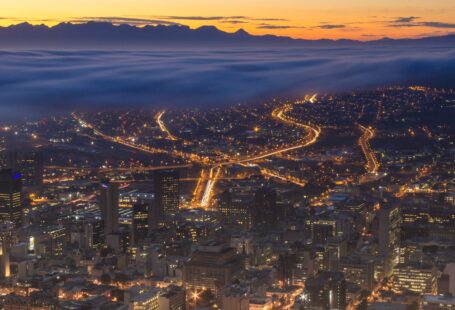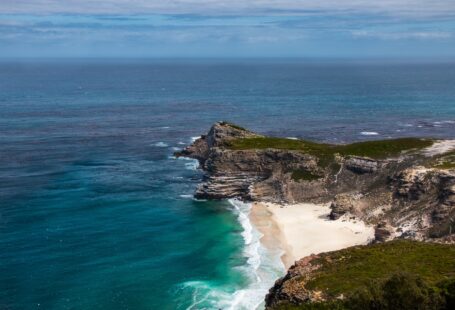Why is Cape Verde so dry?
Situated within the west African climatic zone, the Cape Verde islands are frequently battered by dry winds blowing from the Sahara. Rainfall is irregular and long periods of drought common. Vegetation on steep mountain valleys relies on underground water supplies while harsh winds dry out exposed topsoil.
Cape verde is the driest archipelago in Macaronesia, featuring a diverse ecosystem ranging from dry deserts to lush forests. Unfortunately, its dry climate has led to widespread soil erosion and desertification across this vast region.
Weather in Cape Verde
In the summer months of July and August, temperatures tend to be hot and warm with highs around 30degC. Days are sunny, and rain rarely occurs during this period.
September is an ideal time to visit Egypt as the temperature remains pleasant and there’s not too much rain. Only 58mm of precipitation falls each month, but this amount is enough to keep the landscape lush and vibrant after months of sunny days.
Winter brings cooler temperatures with averages of 24degC and 19degC in January and February respectively, plus there’s almost no rainfall during this time – perfect for enjoying the beaches with plenty of sunshine!
Cape Verde also experiences a windy season, known locally as Tempo das Brisas. This is ideal for kitesurfing or surfing and it has become increasingly popular on the sandy islands of Sal and Boa Vista.






